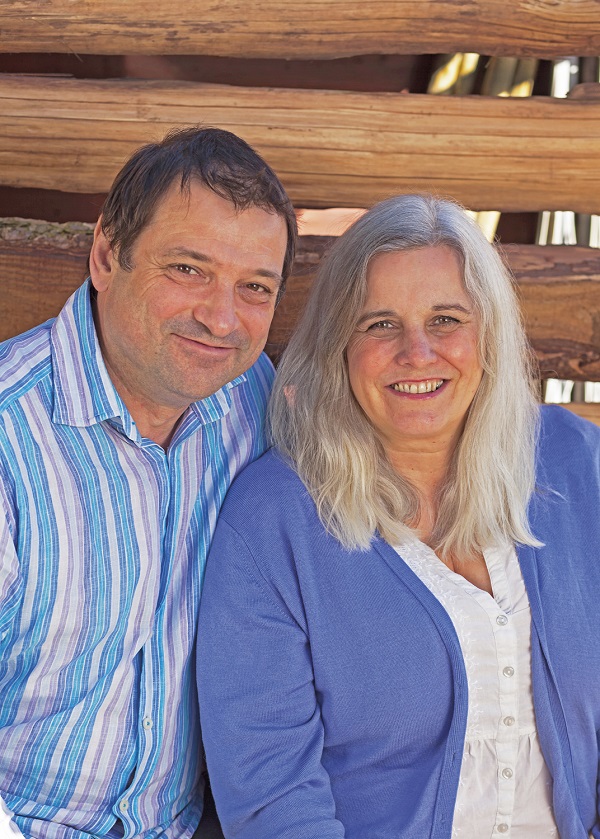In September 1992, Maddy and Tim Harland published the first issue of Permaculture magazine. On the publication’s 25th anniversary, we find out how far they – and the permaculture movement – have come
How did Permaculture magazine begin?
When Tim and I published the first issue of Permaculture magazine it had a tiny readership of 800 people, mainly Permaculture Association members, our national education charity and students of permaculture design courses, but we had a vision that permaculture could go mainstream and so we started supplying shops and other outlets from day one.
Today we have about 100,000 readers, are found in shops all over the world, and even have a North American specific edition of the magazine.What changes have you seen in the movement since you started the magazine?
Back in 1992, permaculture in Britain was a very alternative scene. Yet to come was the understanding of low impact development in English and Welsh planning law thanks to people like [woodsman, coppicer and natural eco-builder] Ben Law and Tony Wrench
respectively. Internationally, permaculture people were found in pockets all over the world, but there were only a few charitable foundations and a limited network.The magazine and movement that’s changing the news for good.
Over the years we have seen permaculture activists working in disaster areas, such as Haiti after the earthquakes, building sanitation systems and providing clean water. Permaculture has become part of the national curriculum in East Timor and a recognised approach to sustainable agriculture, good nutrition and regenerative land management in Malawi. It has become a tool for teaching agriculture and horticulture and training for refugees from Afghanistan and the Middle East. It forms the basis of Gaia Education’s ‘ecological key’, endorsed by The United Nations Institute for Training and Research, and UNESCO.
At the last inter-governmental climate talks in 2016, Baroness Patricia Scotland, the secretary-general of the Commonwealth, referred to permaculture as one of the key approaches to regenerative development to reverse (not just adapt to) climate change. Permaculture is emerging from the alternative fringe to take its place within a portfolio of holistic design solutions.

What has been most challenging about 25 years in publishing, and of what are you most proud?
The most challenging thing is publishing a magazine that is fundamentally opposed to unconscious consumerism. As you know so well at Positive News, we need to sell a certain number of magazines to survive and it is not possible to play the conventional commercial game to get those sales (by corporate advertising sales for yet more consumer disposable products). We rely on our readers’ discrimination and the magnetism of good news, positive, practical, tested solutions and a vision of the future that is regenerative, not degenerative.
Tim and I both love the passion, intelligence, generosity and inventiveness of our writers, advertisers and readers. We love the small team we work with who work so hard on the…
The post Growing a movement: 25 years of Permaculture magazine appeared first on FeedBox.